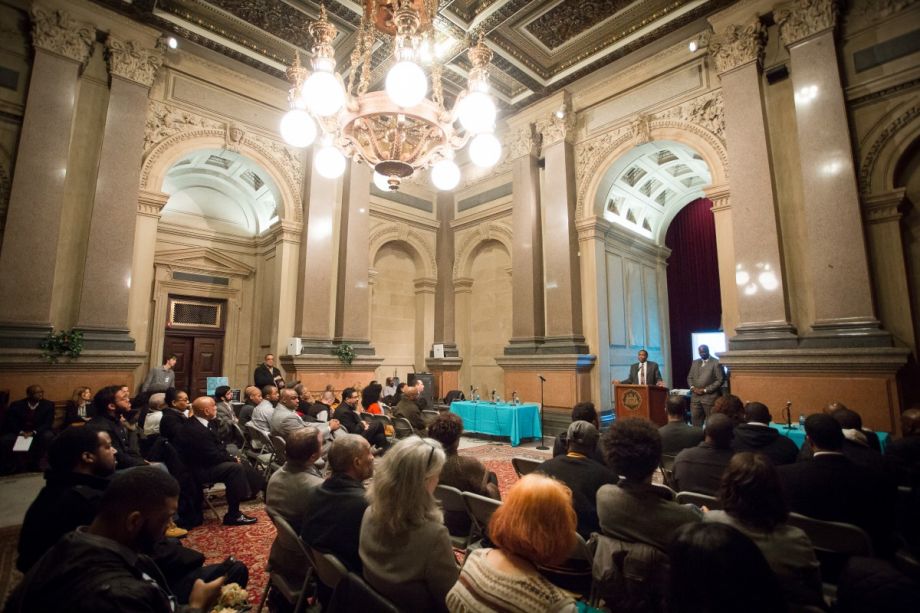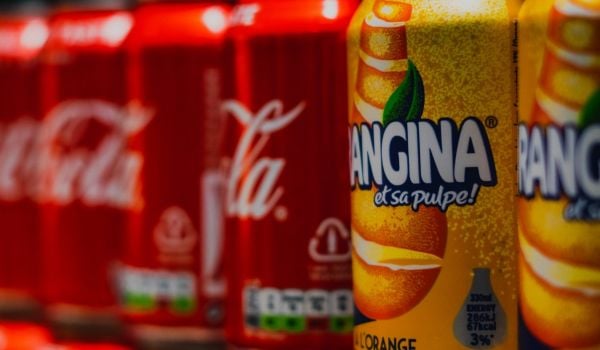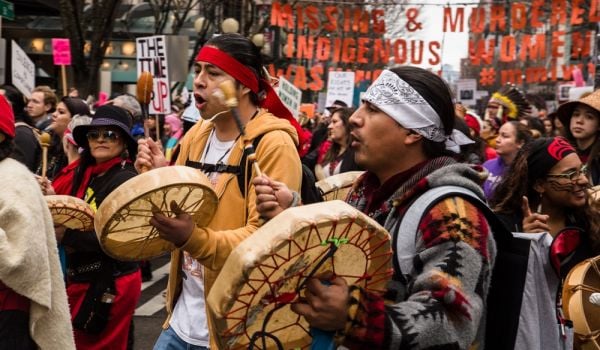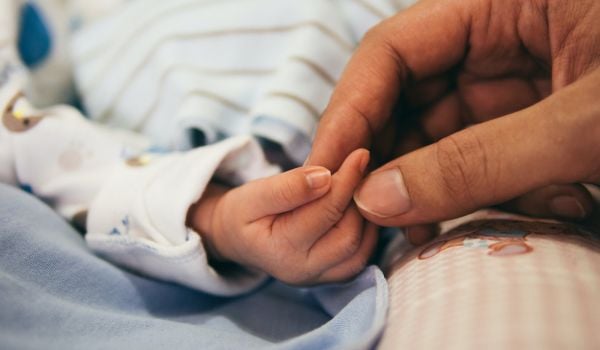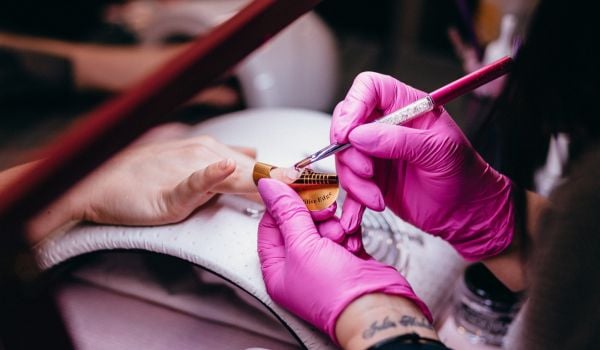The stats may be depressingly familiar — boys and men of color are two times more likely to have witnessed domestic and other forms of violence; black males aged 15 to 29 have a death rate 1.5 times their white counterparts — but those numbers don’t calculate the resulting personal trauma. And that trauma can exacerbate the opportunity gaps already facing young men of color: Children who witness violence have an increased risk of suffering from post-traumatic stress disorder, substance abuse and engaging in criminal activities.
This isn’t just a legal issue — it’s a matter of public health.
Such forbidding outcomes are among the reasons that Arthur C. Evans, commissioner of Philadelphia’s Department of Behavioral Health and Intellectual disAbility Services, approached Jane Golden about partnering on a project — inspired by President Obama’s My Brother’s Keeper Community Challenge — that would rely on public art-making to help address the issue.
“[Evans] feels like it’s very clear that too many boys and men of color have had negative interactions with the juvenile and criminal justice systems — and also the behavioral justice system,” explains Golden, who is executive director of the City of Philadelphia Mural Arts Program.
The result is Building Brotherhood: Engaging Males of Color. Kicked off at the beginning of April, the program will run through September and include art workshops and community town halls, and will culminate in a collaborative mural designed by artists Keir Johnston and Willis “Nomo” Humphries of Philly-based Amber Art & Design.
The effort is part of an ongoing collaboration between Mural Arts and Evans’ department called Porch Light, which addresses mental health and community wellness through art projects. The program’s Finding the Light Within in 2012 concentrated on the troubling rate of youth suicide attempts in the city. At the time, the rate of suicide attempts among Philadelphia students was almost twice the national average (12.9 percent versus 6.9 percent).
“The goals … are to raise awareness about the issues that currently face boys and men of color in the city,” says Golden, “to increase access to behavioral and health services, to improve their quality of life, and … [create] individual and community resilience.”
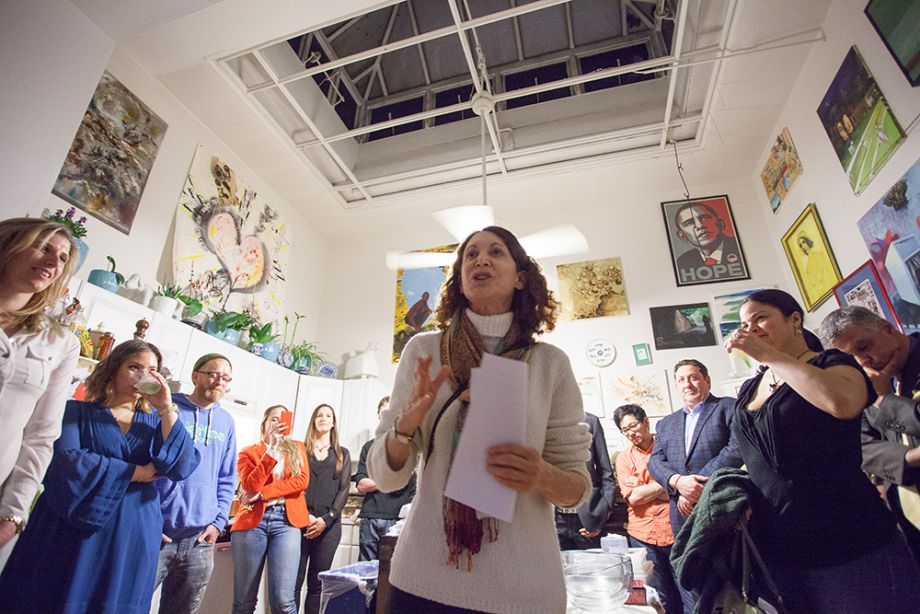
Jane Golden (Photo by Steve Weinik)
Johnston and Humphries have already began facilitating a series of 24 workshops at three intervention and rehab sites in North and South Philadelphia, where boys and young men of color will create mixed-medium collages that will inspire the final mural design.
In addition to visual expression, verbal expression is a key component of the program.
Community town halls will create a forum for both officials and the public to ask each other important, but difficult questions.
“‘What would self-help look like? What could connect you to [the resources] that would help?’” says Golden, giving conversation examples. “The next step would be [for participants to ask], ‘What can we ask from the community? From the city?’ And then, ‘What do we ask from these big systems like the Department of Behavioral Health? And how they can be more responsive?’”
Even though Johnston and Humphries will be taking the lead in the design of the permanent mural, Golden says that she has faith in their ability to hold a mirror to the issues affecting men of color, who have historically not been engaged well using these modes of expression. “Because they’re both public artists and they’re used to projects, they’re really good at remaining open for a stretch, just being a sponge soaking everything they hear, then taking that information and turning it into something really beautiful, meaningful and responsive.”
The Equity Factor is made possible with the support of the Surdna Foundation.

Alexis Stephens was Next City’s 2014-2015 equitable cities fellow. She’s written about housing, pop culture, global music subcultures, and more for publications like Shelterforce, Rolling Stone, SPIN, and MTV Iggy. She has a B.A. in urban studies from Barnard College and an M.S. in historic preservation from the University of Pennsylvania.


